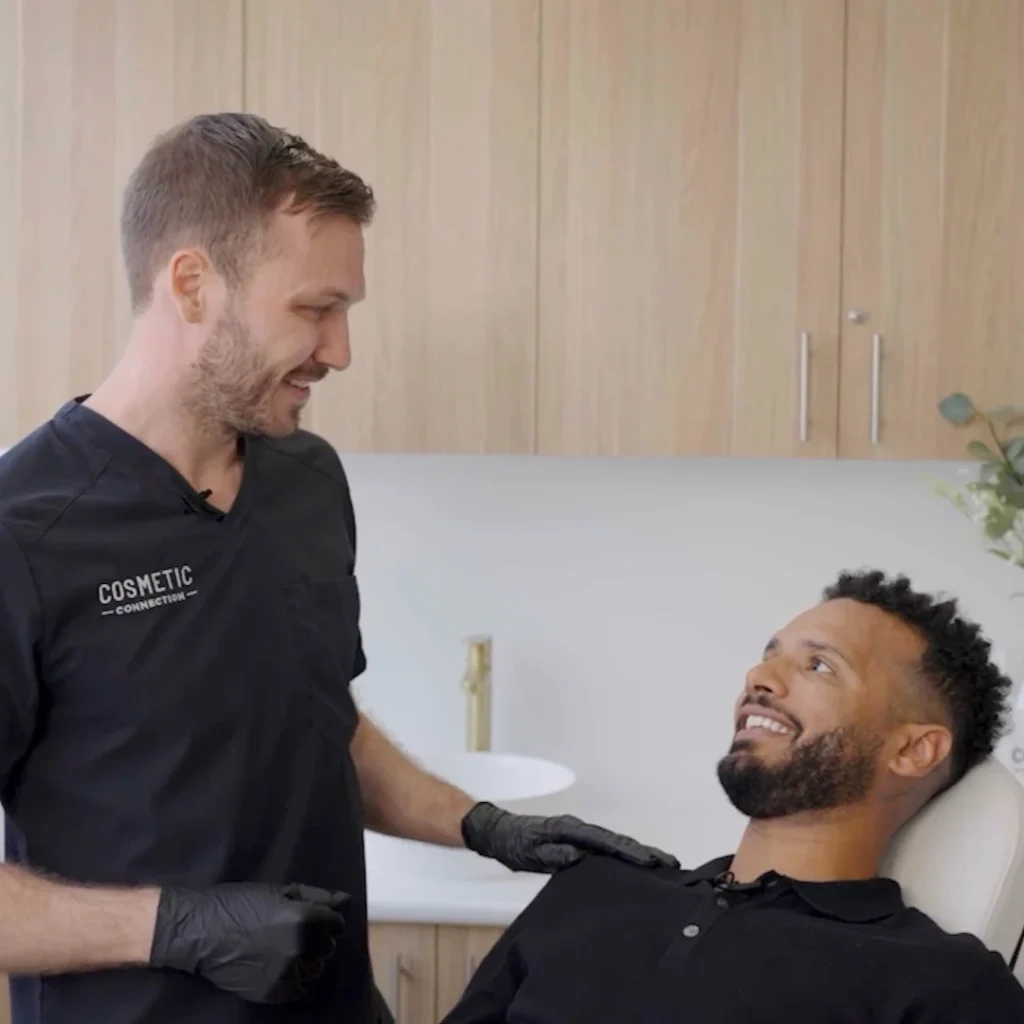Penile enlargement surgery—whether for cosmetic or reconstructive purposes—is a significant medical procedure that requires careful post-operative management, especially for patients with underlying health conditions. Proper post-surgical care is crucial for minimizing complications, promoting healing, and achieving optimal aesthetic and functional results.
This detailed guide outlines what medical patients need to know and do after penile enlargement surgery, focusing on safety, hygiene, symptom monitoring, and follow-up care.
🏥 Immediate Post-Operative Recovery (First 72 Hours)
🔹 Hospital Stay or Outpatient?
- Most penile enlargement surgeries are performed as outpatient procedures, allowing patients to go home the same day.
- Some cases—particularly those involving complex grafts or reconstruction—may require overnight monitoring.
🔹 Common Symptoms:
- Swelling, bruising, and discomfort around the penis, pubic area, and scrotum.
- Mild bleeding or spotting at the incision site.
- Temporary numbness or altered sensation is normal and may take weeks to resolve.
🔹 Pain Management:
- Prescribed oral analgesics (e.g., acetaminophen or non-NSAID painkillers).
- Cold compresses applied to the pubic area (not directly on the penis) for 15–20 minutes at a time to reduce swelling.
⚠️ Avoid:
- Ice packs directly on the skin.
- Over-the-counter NSAIDs (e.g., ibuprofen, aspirin) unless approved by your surgeon, especially if you’re at risk of bleeding.
🧼 Wound and Hygiene Care
🔹 Cleaning Instructions:
- Gently clean the surgical area with warm water and mild, unscented soap once permitted (usually 48–72 hours after surgery).
- Do not submerge the surgical site (no baths, swimming pools, or hot tubs) for at least 2–3 weeks.
🔹 Dressings:
- Change gauze or dressing as directed, typically once daily or when soiled.
- Some patients are given antibacterial ointments to apply to the incision or filler entry points.
🔹 Underwear:
- Wear supportive, snug-fitting underwear (not too tight) to reduce movement and swelling.
🛌 Activity Restrictions
✅ Allowed:
- Light walking to promote circulation and prevent blood clots.
- Showering (after clearance from the surgeon).
❌ Avoid:
- Sexual activity and masturbation for at least 4–6 weeks.
- Heavy lifting, vigorous exercise, and squatting for 3–4 weeks.
- Direct pressure on the penis (e.g., tight clothing or trauma).
💊 Medications and Special Considerations
For Medical Patients:
- Diabetics: Monitor blood sugar closely; poor glycemic control can delay healing and increase infection risk.
- Hypertensive patients: Ensure blood pressure remains controlled to avoid wound stress or bleeding.
- Patients on anticoagulants: Resume medications only with your surgeon’s instructions.
- Immunocompromised patients (e.g., due to HIV or immunosuppressants): May require extended antibiotic prophylaxis or close monitoring.
Typical Prescriptions:
- Antibiotics: Oral antibiotics to prevent infection for 5–10 days.
- Pain relievers: Avoid NSAIDs unless advised otherwise.
- Stool softeners: To prevent straining and discomfort from constipation due to reduced mobility and pain medications.
🔍 Monitoring for Complications
Be alert for signs of:
| Symptom | Possible Issue |
|---|---|
| Persistent swelling or pain | Hematoma or infection |
| Fever > 100.4°F (38°C) | Infection |
| Pus or foul-smelling discharge | Wound infection |
| Severe bleeding or expanding bruising | Hemorrhage |
| Painful erections | May require surgical review |
| Numbness lasting >6 weeks | Nerve involvement |
| Skin discoloration or tissue darkening | Vascular compromise |
Contact your surgeon immediately if you experience any of the above.
🔁 Follow-Up Appointments
1 Week Post-Op:
- Assess wound healing, swelling, and early complications.
4–6 Weeks Post-Op:
- Clearance for resuming sexual activity and exercise.
- Assessment of cosmetic and functional results.
3–6 Months Post-Op:
- Evaluation of long-term outcome and need for touch-ups or adjunct treatments.
📏 Long-Term Care and Considerations
1. Stretching or Penile Traction Therapy
- Some surgeons recommend penile traction devices starting 4–6 weeks post-op to preserve or enhance length gains, especially after ligament release procedures.
2. Scar Care
- Silicone gels or sheets may be recommended to reduce scarring.
- Gentle massage may help with tissue mobility and symmetry.
3. Psychosexual Counseling
- Some patients benefit from counseling to integrate their new body image or to address performance anxiety or past trauma.
✅ Summary: Post-Op Checklist for Medical Patients
| Task | Status |
|---|---|
| Pain managed with prescribed medications | ☐ |
| Daily dressing change and wound cleaning | ☐ |
| Avoided sex and strenuous activity for 4–6 weeks | ☐ |
| Attended all follow-up appointments | ☐ |
| Monitored for signs of infection or complications | ☐ |
| Blood pressure/sugar controlled (if applicable) | ☐ |
| Scar management or traction (if recommended) | ☐ |
Final Thoughts
Post-surgical care after penile enlargement is just as important as the procedure itself—especially for medical patients with comorbidities or complex surgical histories. A dedicated aftercare routine, regular follow-ups, and open communication with your surgical team will ensure the safest recovery and most satisfying outcome.




